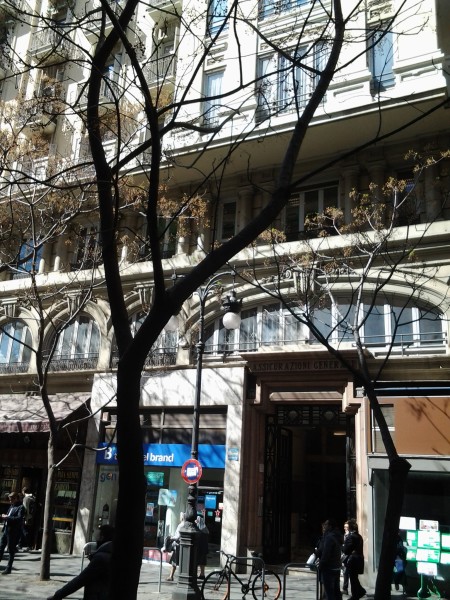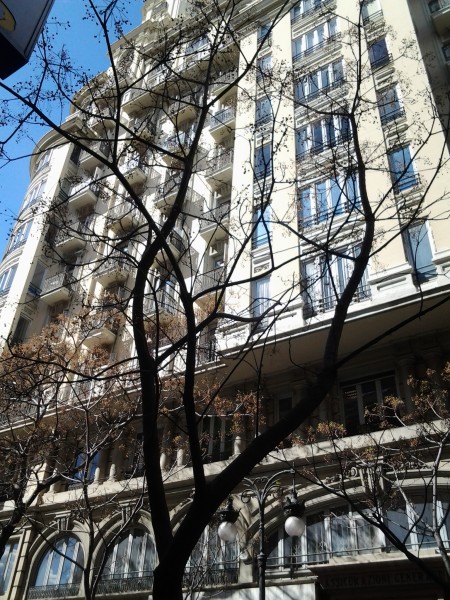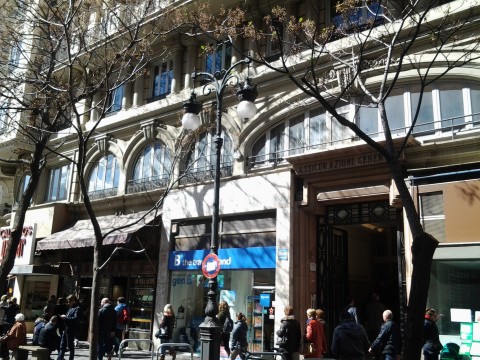Valencia’s gas company was owned by the Marques del Campo, whose statue can be seen today in Plaza Canovas, and whose gasworks occupied the area that is now a public garden, the Glorieta; a fact that was not at all popular among Valencians generally.
The gas companies resisted the introduction of the electricity rival, much as petrol companies resist solar energy today, however, the first house with electrical lighting was in Calle San Vicente Martír, what are today numbers 16 and 18.
Light came to the textile workshop of a José Conejos with two lamps, and was arranged by his nephew, the lawyer Francisco Dalmau.
Dalmau would go on to create Valencia’s first electrical utility but would end up closing after achieving only 130 customers.

The steam engine that generated the electric power was actually to be found some 500 metres away in Calle Almirante, connected by cables over the rooftops, involving lengthy negotiations and granting of licences for Mister Dalmau.
Progress could not be held back for long, and soon Neville’s products were electrifying cities all over Spain, so much so that he sent his only begotten son to oversee his business in Spain.
His grandson, Edgar Neville would later become a famous writer in Spain and be named the Count of Berlanga del Duero.
The first use of electrical lighting in Spain was in May 1875 when the warship Vitoria was lit up in the port of Barcelona.
After that the Juncosa chocolate factory and the Batlló Hermanos textile factory followed suit.
The first electrical power station was built in the Rambleta de Canaletas, and electricity was here to stay, whereas the Gary Neville experiment seems to be running out of steam.


